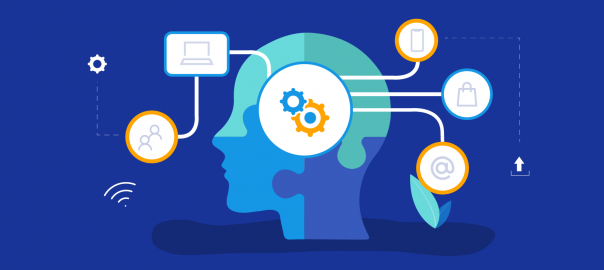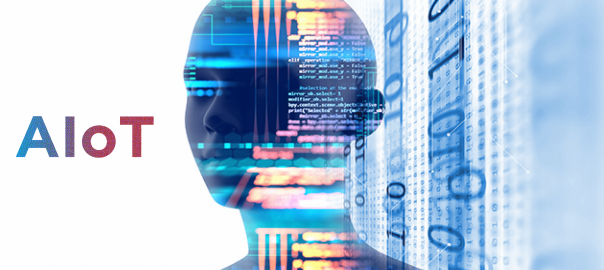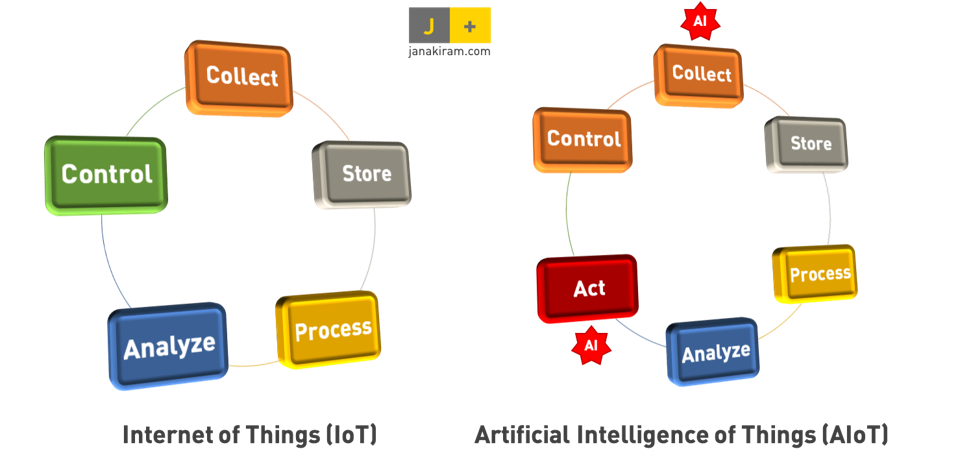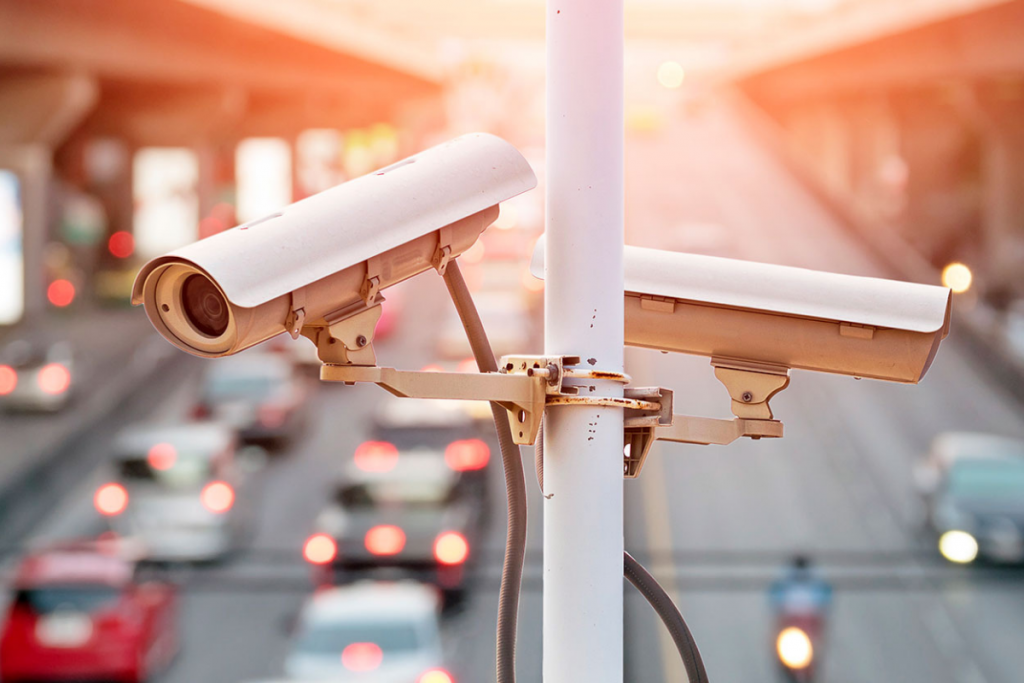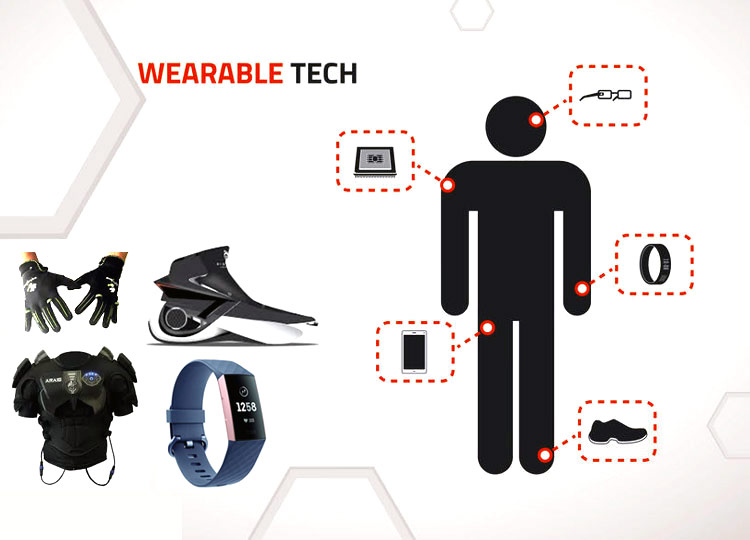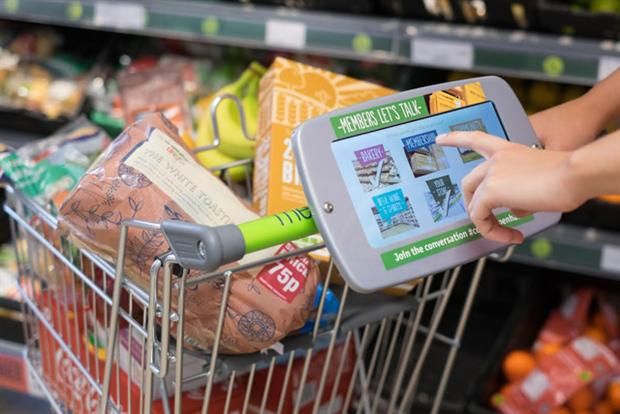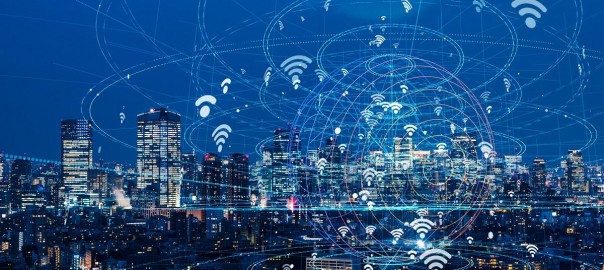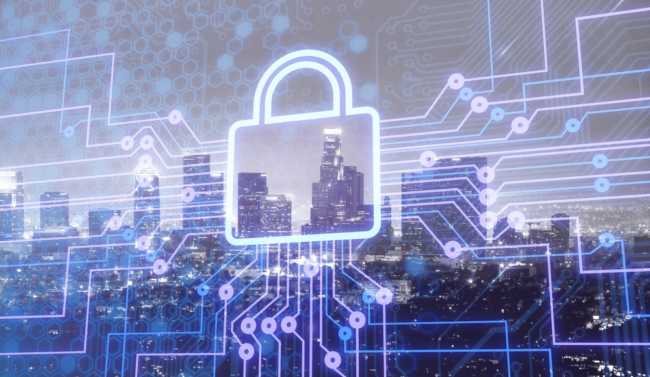In the digital age, businesses need to leverage every possible platform and cutting-edge technology in order to get a leg up on the competition. We’ve covered the Internet of Things extensively on the Mystic Media blog, but a new and related tech trend is making waves. This trend is called the Internet of Behaviors and according to Gartner, about 40% of people will have their behavior tracked by the IoB globally by 2023.
WHAT IS THE IOB?
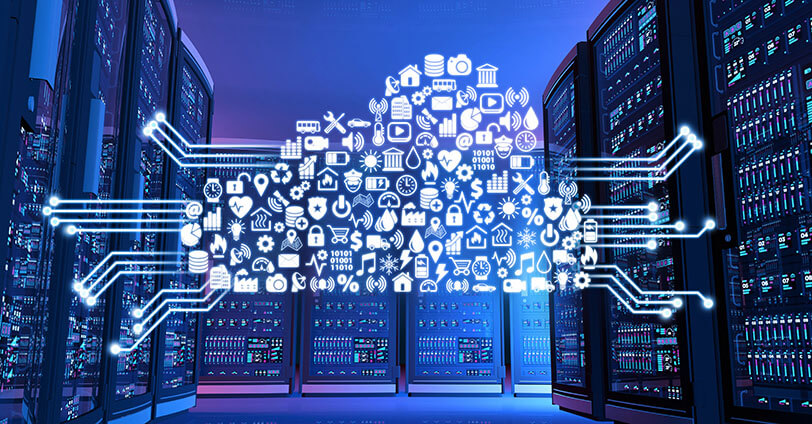
Internet of Behavior, or the IoB, exists at the intersection of technology, data analytics, and behavioral science. The IoB leverages data collected from a variety of sources, including online activities, social media, wearable devices, commercial transactions and IoT devices, in order to deliver insights related to consumers and purchasing behavior.
With devices more interconnected than ever, the IoB tracks, gathers, combines and interprets massive data sets so that businesses can better understand their consumers. Businesses leverage analysis from the IoB to offer more personalized marketing with the goal of influencing consumer decision making.
HOW DOES IT WORK?
Traditionally, a car insurance company would analyze a customer’s driving history in order to determine if they are a good or bad driver. However, in today’s digital age, they might take it a step further and analyze social media profiles in order to “predict” whether a customer is a safe driver. Imagine what insights they could gather from a user’s Google search history or Amazon purchases? Access to large datasets enables large companies to create psychographic profiles and gather an enhanced understanding of their customer base.
Businesses can use the IoB for more than just purchasing decisions. UX designers can leverage insights to deliver more effective customer experiences. Large companies such as Ford are designing autonomous vehicles that change based on the city, modulating behavior based on vehicle traffic, pedestrians, bicycles and more.

GBKSOFT created a mobile application that collects data from wearable devices in order to help golfers improve their skills. The application records each golf ball hit, including the stroke, force, trajectory and angle, and delivers visual recommendations to improve their swing and technique. Insights gathered through data are translated into behavioral trends that are then converted into recommendations to improve the user’s game.
The IoB is all about collecting data that can be translated into behavior which helps companies understand consumer tendencies and translate them into meaningful actions.
CONCERNS
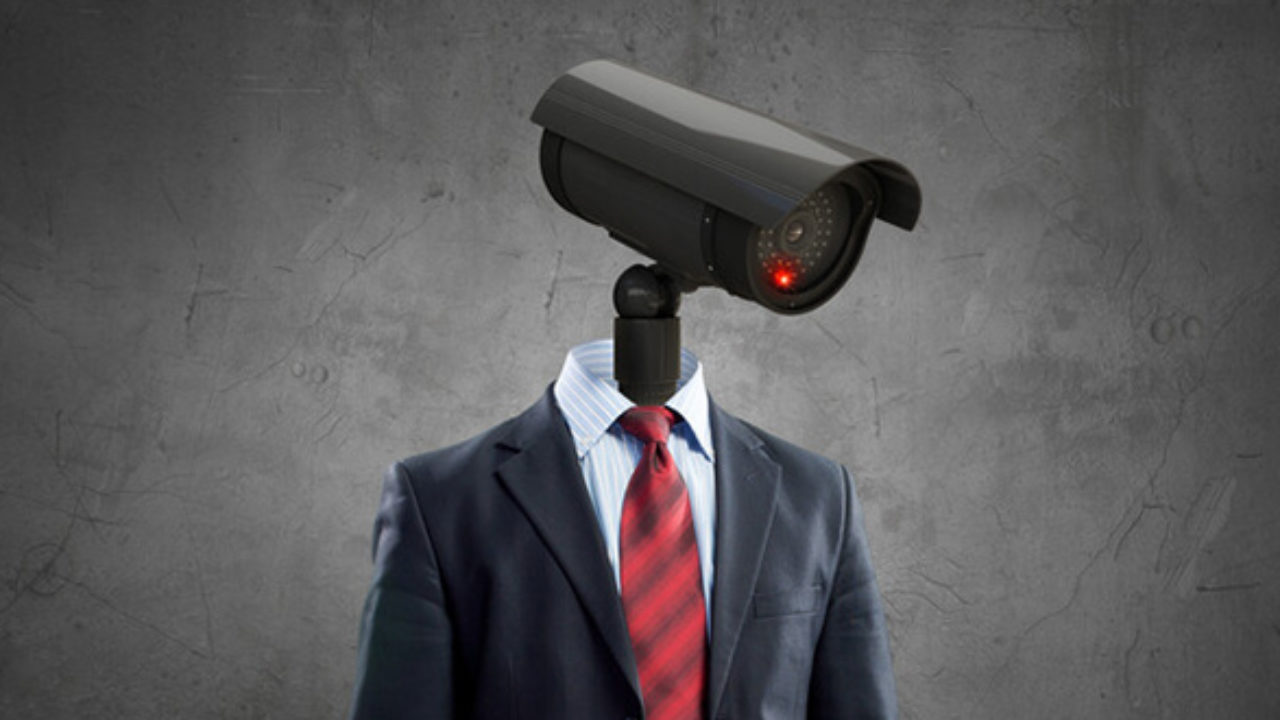
While there is quite a bit of enthusiasm surrounding the potential impact of the IoB for B2C companies, a number of legal concerns come with it. A New York Times article, written by Harvard Business School emeritus professor Shoshana Zuboff, warns of the age of surveillance capitalism where tech behemoths surveil humans with the intent to control their behavior.
Due to the speed at which technology and the ability to collect data has proliferated, privacy and data security are under-regulated and major concerns for consumers. For example, Facebook was applying facial recognition scans in advance of the 2016 election without user’s consent. Cambridge Analytica’s use of psychoanalytic profiles has been the subject of much derision. Momentum for data privacy regulation is growing and since the IoB hinges on the ability for companies to collect and market data, forthcoming regulations could inhibit its impact.
CONCLUSION
Despite regulatory concerns, the IoB is a sector that we expect to see grow over time. As the IoT generates big data and AI evolves to learn how to parse through and analyze it, it’s only natural that companies will take the next step to leverage analysis to enhance their understanding of their customers’ behaviors and use it to their advantage. The IoB is where that next step will take place.

